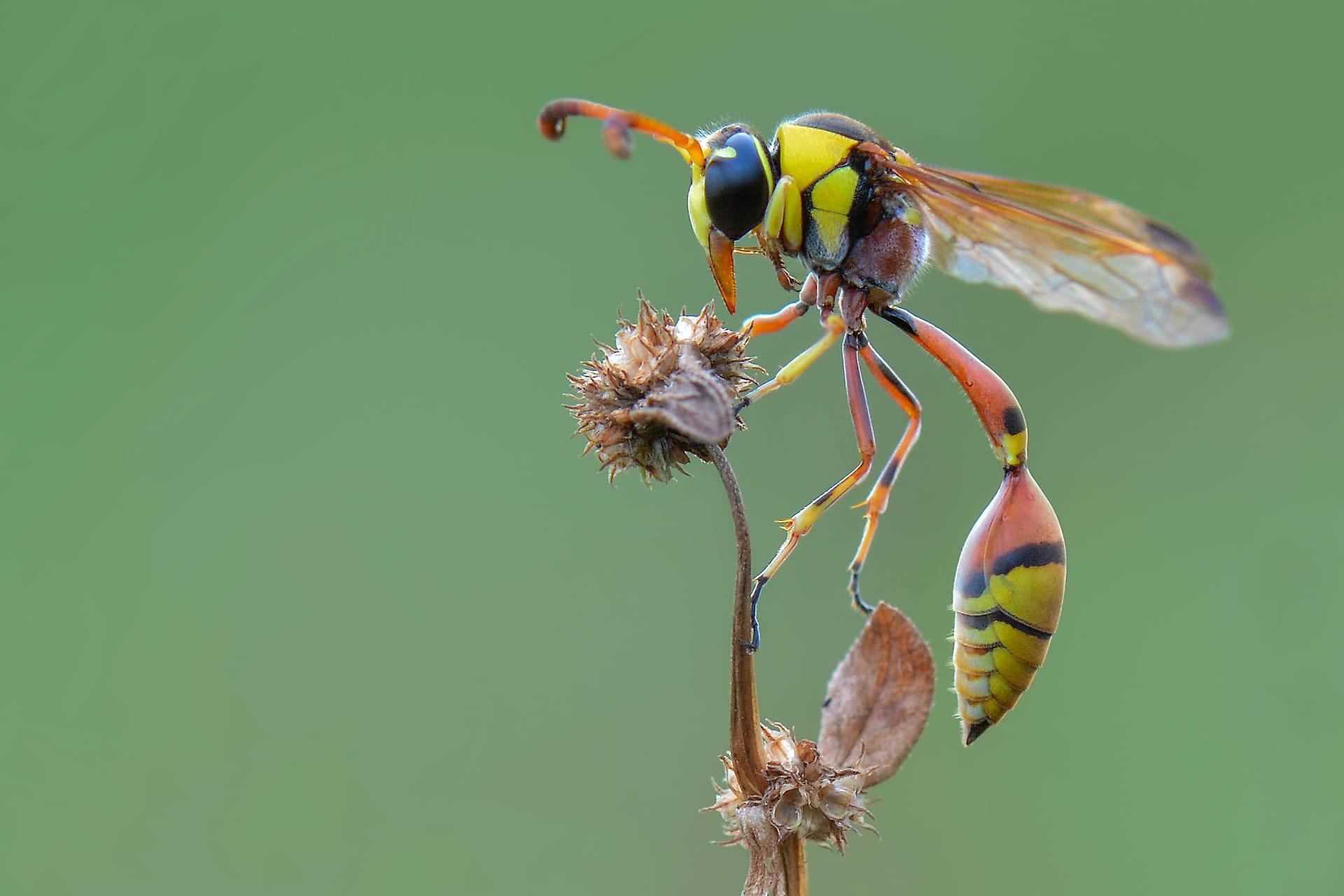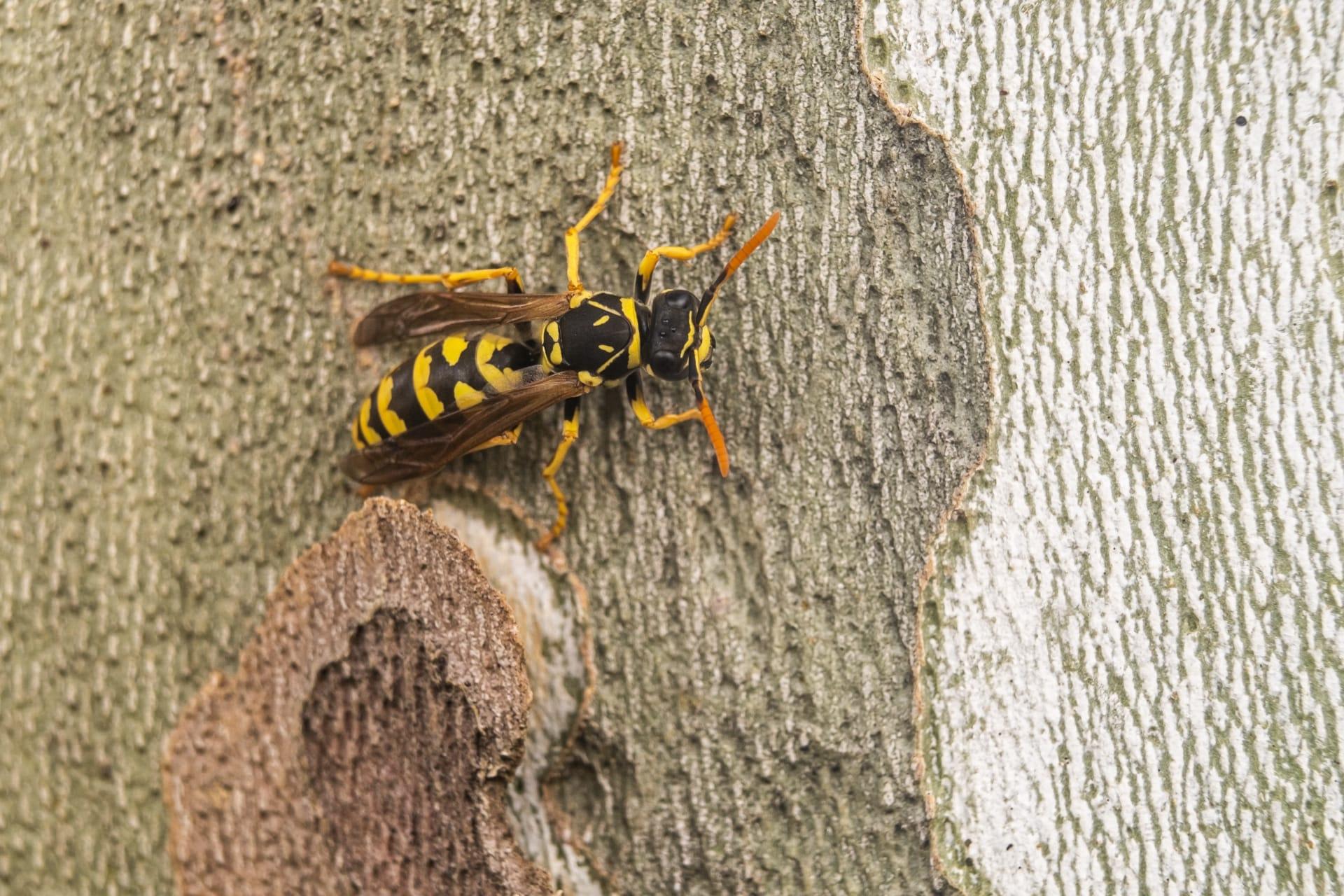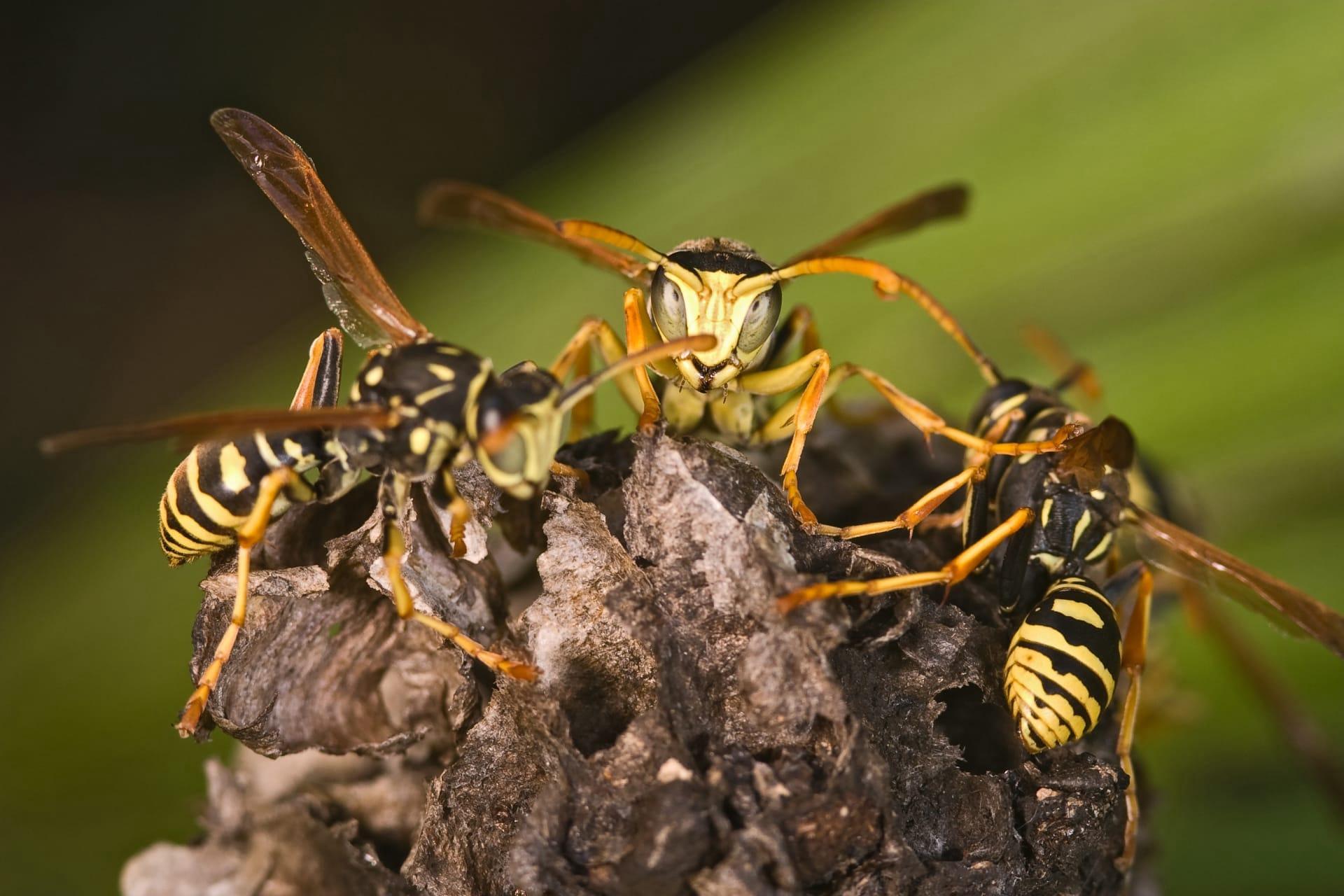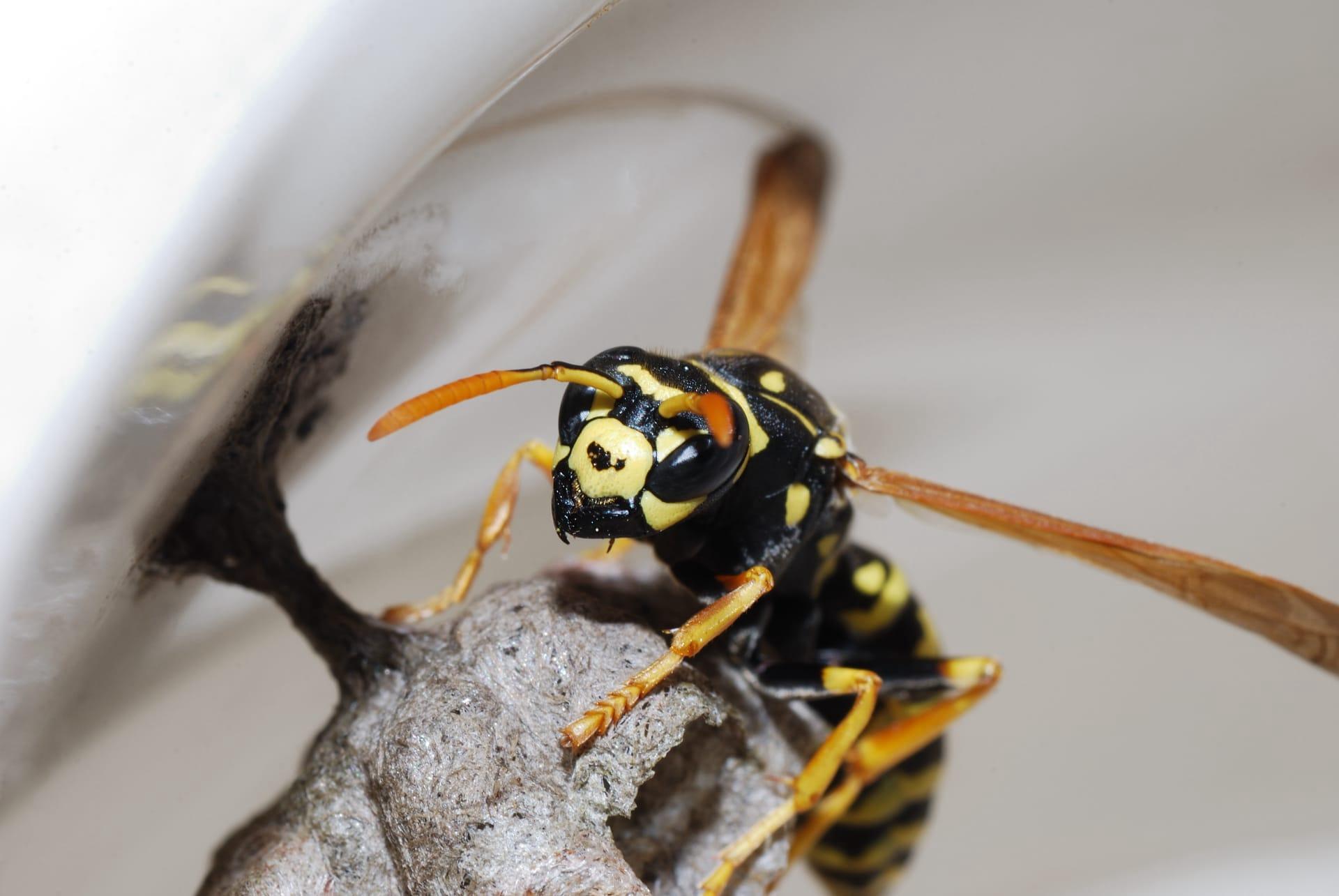Yellow Jacket Wasp Characteristics
- Home /
- Mini Encyclopedia /
- Animal /
- Yellow Jacket Wasp Characteristics
1
Yellow Jacket Wasps, scientifically known as Vespula vulgaris, present a fascinating example of insect physiology. Typically measuring about 0.5 inches (1.27 cm) in length, these wasps display a striking yellow and black coloration, a hallmark of their species. The average lifespan of a Yellow Jacket Wasp is quite variable, depending on environmental factors, but most live about one year. Worker wasps, however, often have shorter lifespans of around 12-22 days.
The most remarkable organ of the Yellow Jacket Wasp is undoubtedly its sting. This sting is not only a defense mechanism but also a tool for subduing prey. Unlike bees, Yellow Jacket Wasps can sting multiple times. The sting injects venom, which contains proteins and enzymes causing pain and inflammation. This feature is critical for their survival, both in warding off predators and in capturing food.

2
Question: Why do Yellow Jacket Wasps become more aggressive in late summer and early fall?
Answer: This change in behavior is linked to their life cycle and environmental factors. In late summer and early fall, the colony's focus shifts from expanding to sustaining itself. Food sources, particularly carbohydrates, become crucial for the wasps' survival during this period. As the natural availability of these resources diminishes, Yellow Jacket Wasps aggressively seek out alternative sources, including human food, making them more noticeable and seemingly aggressive to us.

3
Yellow Jacket Wasps exhibit intriguing locomotive characteristics. They are capable of swift and agile flight, which aids in hunting and evading predators. These wasps can reach flying speeds of up to 7 miles per hour (11.27 km/h). Their flight pattern is typically characterized by rapid, jerky movements, making them highly efficient hunters.
In terms of feeding, Yellow Jacket Wasps are omnivorous. Their diet primarily consists of proteins and sugars. They hunt a variety of insects, including caterpillars and flies, for protein. For sugars, they often feed on nectar, fruits, and even human food waste. This diverse diet plays a critical role in their ecosystem as both predators and scavengers.

4
Yellow Jacket Wasps thrive in a variety of environments, displaying remarkable adaptability. They are commonly found in temperate and tropical climates, inhabiting areas like gardens, forests, and meadows. Urban environments are also favorable due to the abundance of food sources. Their nests, often located underground or in sheltered areas, are made from chewed wood pulp, giving them a distinctive papery appearance.
Reproduction is a central aspect of the Yellow Jacket Wasp's life cycle. In spring, a fertilized queen starts a new colony by laying eggs. These hatch into worker wasps, who expand and maintain the nest. By late summer, the colony produces new queens and male wasps for mating. After mating, the new queens hibernate during winter, emerging in spring to start new colonies, thus continuing the cycle.

5
Book: "The Secret Life of Wasps" by Hugh Raffles, published in the United States in 2010. This book delves into the complex world of wasps, including Yellow Jacket Wasps. Raffles combines scientific research with captivating narratives, offering insights into their social structure, behavior, and impact on ecosystems.
Book: "Wasps: The Astonishing Diversity of a Misunderstood Insect" by Eric R. Eaton, published in the United Kingdom in 2015. Eaton's work provides a comprehensive overview of wasp species, including Yellow Jacket Wasps. The book explores their biology, diversity, and the role they play in nature, challenging common misconceptions about these often-feared insects.